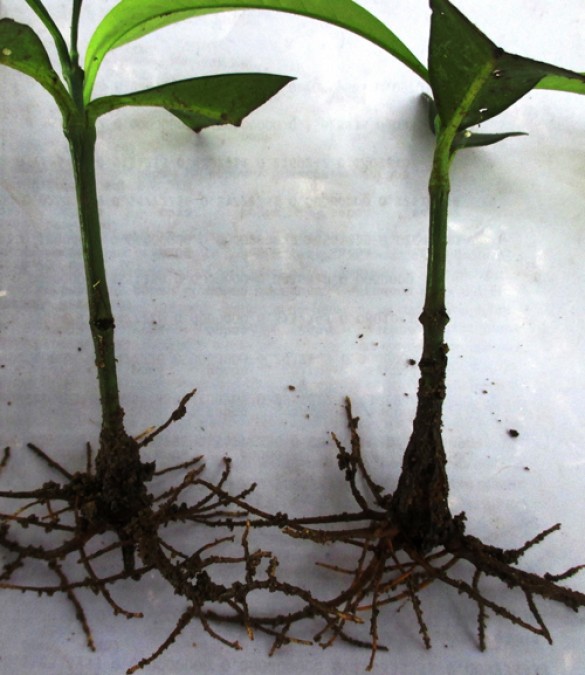
Are you eager to expand your garden or indoor plant collection without breaking the bank? Root cuttings may just be the solution you've been searching for. This simple and cost-effective propagation method allows you to create new plants from existing ones, ensuring a bountiful garden without burning a hole in your pocket. In this comprehensive guide, we'll delve into the world of root cuttings, providing you with all the information you need to get started and achieve successful results.
Root cuttings are a propagation technique where a portion of a plant's root system is cut and planted to grow a new, genetically identical plant. This method is particularly effective for perennial plants, shrubs, and some trees. It's a budget-friendly way to expand your garden and share your favorite plants with friends and family.
Root cuttings offer several advantages, making them a popular choice for gardeners:
Cost-Efficiency: Root cuttings are an economical way to create new plants without purchasing seeds or expensive nursery stock.
Genetic Purity: Since root cuttings produce genetically identical offspring, you can ensure that the new plant will retain the desirable traits of the parent plant.
Rapid Growth: Root cuttings often grow faster than plants started from seeds because they have a head start with an established root system.
Adaptability: This method works well with many perennial species, allowing you to replicate your favorite plants easily.
Let's dive into the step-by-step process of using root cuttings to grow new plants:
Choose a healthy, well-established parent plant that you want to propagate. Make sure it's disease-free and in its dormant season for best results.
You'll need:
Follow these steps:
Carefully dig up the parent plant, ensuring you don't damage the roots.
Identify healthy, thick roots about the thickness of a pencil. Avoid using thin or diseased roots.
Using pruning shears, cut the selected roots into sections that are 2 to 6 inches long. Each cutting should have at least one node (a small bump on the root) and a few root branches.
Fill your pots or containers with a well-draining potting mix.
Insert the root cuttings vertically into the soil, with the node end facing up and the cut end down. Space them a few inches apart.
Give the cuttings a thorough watering to settle the soil and provide initial moisture.
Cover the containers with clear plastic or plastic bags to create a mini-greenhouse effect. This helps maintain humidity around the cuttings.
Keep the soil consistently moist but not waterlogged. Mist the cuttings regularly if needed.
After several weeks, gradually expose the cuttings to lower humidity by lifting the plastic covering for short periods each day.
Once the cuttings have established roots and show signs of new growth, you can transplant them into their permanent locations.
Not all plants can be propagated successfully through root cuttings. Here are some examples of plants that respond well to this method:
If your cuttings are rotting, it's likely due to excessive moisture. Ensure proper drainage and reduce watering.
If your cuttings aren't developing roots, try using a rooting hormone to encourage root formation.
Keep an eye out for fungal infections, especially in high humidity conditions. Remove any affected cuttings immediately to prevent spreading.
Using root cuttings to grow plants is a practical and rewarding gardening technique. With a bit of patience and care, you can expand your garden with genetically identical plants that carry the legacy of your favorite specimens. Whether you're an experienced gardener or just starting, root cuttings offer an accessible and cost-effective way to cultivate a thriving garden.
So, roll up your sleeves, gather your gardening tools, and start propagating your favorite plants through the magic of root cuttings. Happy gardening!
10 Behaviors That Can Accelerate the Aging Process